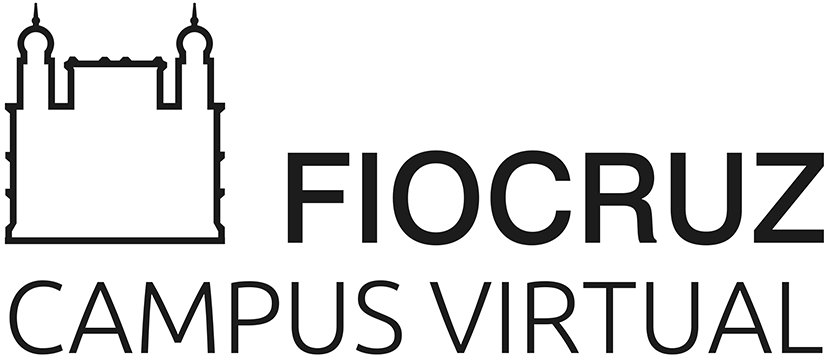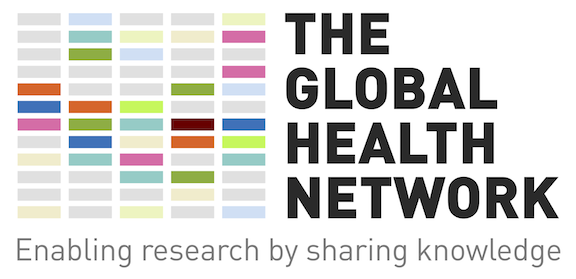This course is intended to:
- Update and promote a broader view on the topic, so as to act early, in a preventive way, in carrying out diagnostic and therapeutic procedures through structural and functional evaluation of the dynamics of feeding, both naturally (on the mother’s breast) and alternatively (by cup, bottle) in newborns and infants with alterations in the oral sensorimotor development.
- Contribute to participation in a multi-disciplinary team, building and outlining therapeutic approaches and expanding the understanding of concepts about breastfeeding and dysphagia, leading to a better quality of care provided.
- Encourage the decision-making process that assists the monitoring of babies with dysphagia, referred to the post-discharge outpatient clinic to avoid and/or minimize sequelae.
Target audience
This course is for speech therapists and health workers interested in the topic of dysphagia.
Structure and Duration
This course has a total duration of 40 hours, divided into 8 modules consisting of 5 hours each. Each module includes an optional knowledge check that does not contribute to the final certificate.
The video that can be found at the beginning of each module closely follows the text. Either can be used independently according to personal preference.
Certification
The final assessment quiz has been created to test your knowledge of the course material and to gain certification to demonstrate that you have successfully completed the course. An electronic certificate of completion will be awarded for the whole course once a minimum of 80% is achieved in the quiz.
Mother's testimony
Before you begin the course, watch a mother's perspective of a neonatal ICU experience, the speech therapy follow-up, and the collaborative work of a multidisciplinary team. This is an opportunity to appreciate the impact of the hospitalization of a high-risk newborn on the family.
Course Contents
|
Module 1 |
|
|
Module 2 |
|
|
Module 3 |
|
|
Module 4 |
|
|
Module 5 |
|
|
Module 6 |
Part 1: Properties of thickening agents - Modification of human milk viscosity Part 2: Properties of thickening agents - The practice of thickening human milk |
|
Module 7 |
|
|
Module 8 |
|
|
Assessment |
Bibliographic References
Click here to access course bibliography.
Coordinator
Mariangela Bartha - Speech Therapist at the Neonatal Intensive Care Unit (NICU) of Fernandes Figueira Institute (IFF), Maternal and Child Unit of Oswaldo Cruz Foundation (Fiocruz). PhD in Childhood and Women's Health - IFF/FIOCRUZ, Brazil
Authors
- Aline Carnevale Lia Dias Guimarães - Nutritionist, Masters in Clinical Nutrition - Rio de Janeiro Federal University (UFRJ), Head of Lactation Department - IFF/FIOCRUZ, Brazil
- Anatália Jatobá - Dysphagia Specialist, Residency in the Health of Chronically Ill Children and Adolescents, IFF/FIOCRUZ, Brazil
- Fernanda Simões - Nutritionist IFF/FIOCRUZ, Brazil
- Jonas Borges da Silva - Technologist in Public Health, Coordinator of the Laboratory of Quality Control of Human Milk - IFF/FIOCRUZ, Brazil
- Maria Carolina Muzzio - Pediatric Phonoaudiologist - IFF/FIOCRUZ, Brazil
- Mariangela Bartha - Speech Therapist at the NICU of IFF, Maternal and Child Unit of Fiocruz. PhD in Childhood and Women's Health - IFF/FIOCRUZ, Brazil
- Natália Anachoreta Molleri - Occupational Therapist, Masters in Applied Research in Childhood and Women's Health, IFF/FIOCRUZ, Brazil
- Polyanna Mendes - Specialist in Chronically Ill Children and Adolescent Health, IFF/FIOCRUZ, Brazil
Credits
Click here to access the course credits.
Application Developers for The Global Health Network
- Louis Karasinski-Stanley
Funder
Programa INOVA – Novos Talentos, Fundação Oswaldo Cruz (Fiocruz)
Use and reproduction of these e-learning materials
The course material can be used for non-commercial purposes as long as the source/authorship is mentioned, as established in Fiocruz's Open Access to Knowledge Policy.
Feedback
Your feedback is greatly appreciated; please take a couple of minutes to tell us your thoughts on these courses:




